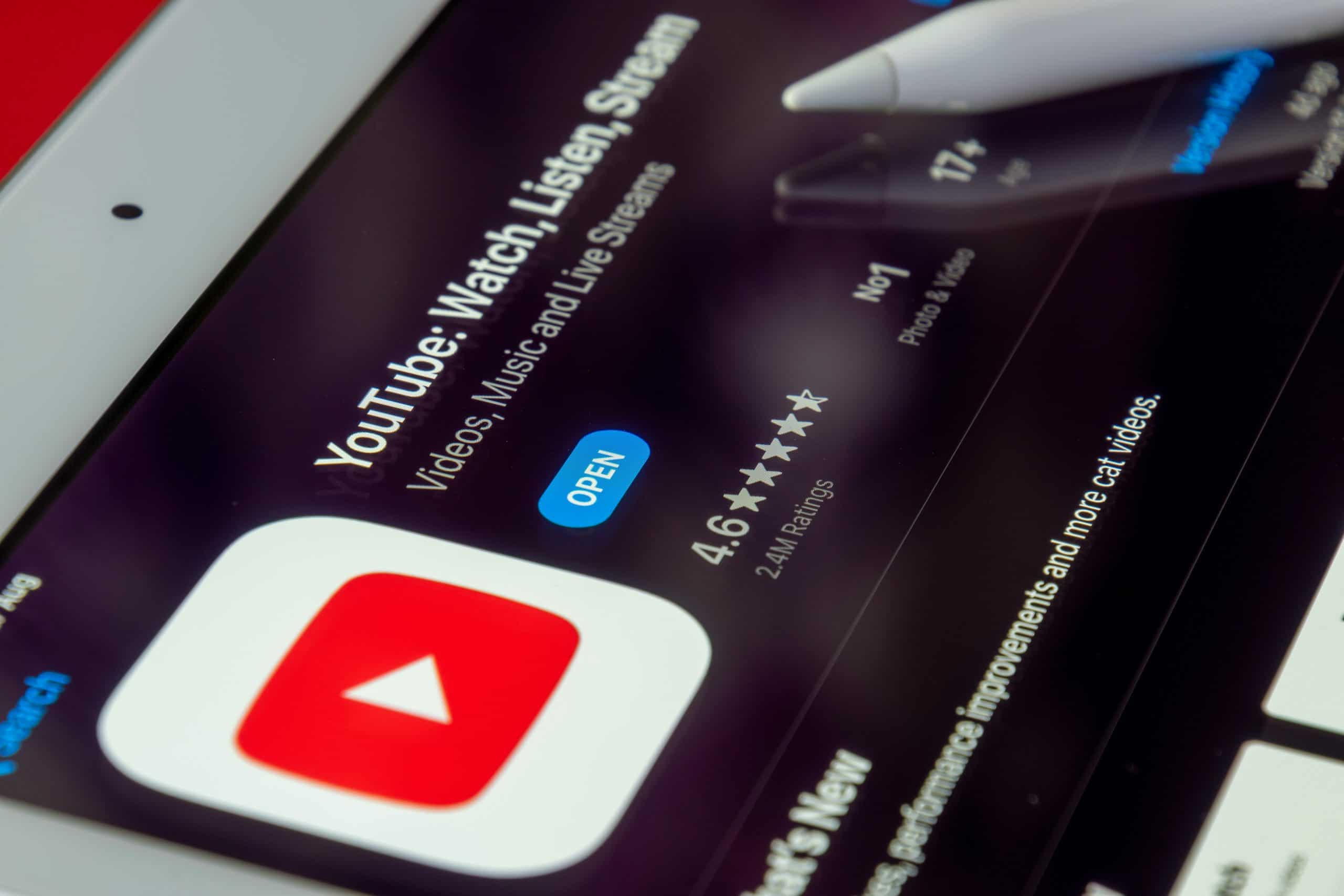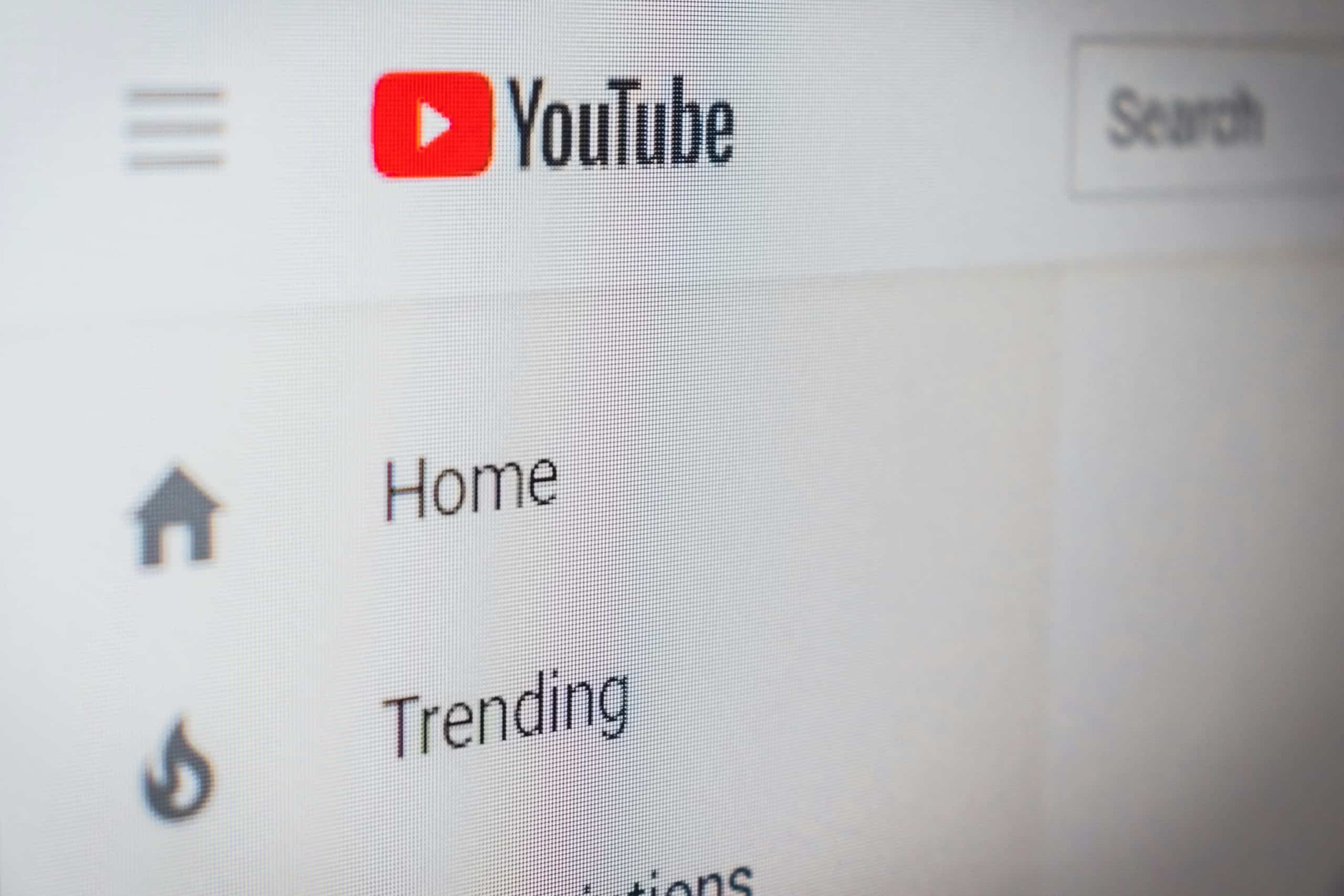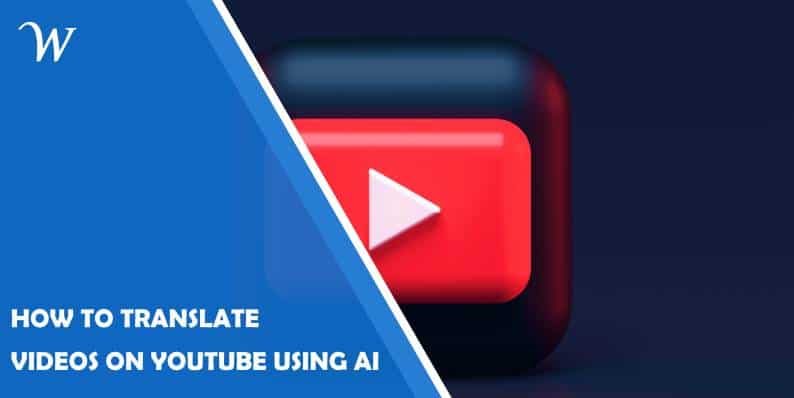How to Translate Videos on YouTube Using AI
In a world where content consumption knows no borders, the ability to bridge language barriers has become more crucial than ever. Imagine stumbling upon a captivating video on YouTube, only to realize it’s in a language you don’t understand. Fret not, for the power of artificial intelligence (AI) is here to make this scenario a thing of the past. With AI-powered translation tools becoming increasingly sophisticated, unlocking the wealth of knowledge and entertainment hidden behind language barriers has never been easier. In this article, we delve into the fascinating realm of translating videos on YouTube using AI and explore how this technology is revolutionizing global communication and accessibility.
Overview of AI translation technology
AI translation technology has revolutionized the way we communicate across language barriers. By utilizing machine learning algorithms, AI translation tools are able to rapidly and accurately translate text, audio, and video content in real-time. This has opened up a world of possibilities for businesses and individuals alike, enabling them to expand their reach to global audiences with ease.
One of the key advantages of AI translation technology is its ability to constantly improve and adapt to different languages and dialects. Through continuous learning from vast amounts of linguistic data, these systems are able to provide more accurate translations over time. Additionally, the speed at which AI translation tools can work is unparalleled, allowing for instant translations that would otherwise take significant time and resources if done manually.
As AI continues to advance, we can expect even more sophisticated translation technologies that can further bridge language gaps and enhance cross-cultural communication on platforms like YouTube. The future holds exciting prospects for the seamless integration of AI in content localization strategies, making it easier than ever before to connect with global audiences through innovative video content.

Benefits of translating videos on YouTube
Translating videos on YouTube can significantly broaden the reach of your content and tap into new audiences across the globe. By offering subtitles or captions in multiple languages, you make your videos accessible to a wider demographic, thus increasing viewership and engagement. This not only aids in expanding your channel’s reach but also enhances user experience for non-native speakers, making them more likely to stay engaged with your content.
Furthermore, translating videos on YouTube can improve search engine optimization (SEO) by enabling your content to be discovered by users searching in different languages. With translated titles, descriptions, and transcripts, you increase the likelihood of your video appearing in search results for keywords in various languages. This can boost organic traffic to your channel from international viewers who may not have otherwise found or engaged with your content. Ultimately, by leveraging translation tools on YouTube, you open up new opportunities for growth and audience engagement – all while fostering inclusivity and global connectivity through language accessibility.
How to enable and use AI translation
To enable and use AI translation on YouTube, start by navigating to the video you want to translate. Click on the three dots below the video, then select Open transcript. Next, click on the language icon at the top of the screen and choose Add subtitles/CC. From here, you can select Auto-translate to automatically translate the spoken content into your desired language. AI translation helps bridge language barriers and makes videos more accessible to a global audience.
One key benefit of AI translation is its speed and efficiency in translating large volumes of content accurately. By utilizing natural language processing algorithms, AI can understand context and idiomatic expressions to provide more precise translations. Additionally, AI translation tools continuously improve through machine learning techniques, ensuring higher accuracy over time. Embracing AI translation opens up new possibilities for creators to reach wider audiences and connect with viewers from diverse linguistic backgrounds.
![]()
Accuracy and limitations of AI translation
AI translation has undoubtedly revolutionized the way we communicate across language barriers. However, it is crucial to recognize that while AI translation technology continues to advance rapidly, it still comes with its limitations. One of the key challenges is ensuring accuracy in translating context-specific or nuanced phrases, where cultural subtleties and idiomatic expressions may be lost in translation.
Moreover, AI translations may struggle with languages that are not widely spoken or lack comprehensive training data. This can result in inaccuracies or awkwardly phrased sentences that do not convey the intended meaning effectively. As much as AI translation tools have improved in recent years, human translators still excel at capturing the nuances and cultural intricacies of language that machines may overlook.
Best practices for translating videos effectively
Translating videos effectively goes beyond just converting spoken words into text. It involves capturing the essence, tone, and cultural nuances of the content to resonate with a global audience. One best practice is to understand the context of the video and its target audience before starting the translation process. This allows for a more accurate translation that maintains the original message and intent.
Another key aspect of effective video translation is using professional translators who are native speakers of the target language. This ensures linguistic accuracy, idiomatic expressions, and cultural relevance in the translated content. Additionally, paying attention to timing and synchronization is crucial in ensuring that subtitles or voiceovers match seamlessly with the video’s visuals and audio for a cohesive viewing experience across languages.

Case studies of successful AI-translated videos
In the realm of online content creation, successful case studies of AI-translated videos showcase the power and potential of leveraging technology for global reach. One such example is the travel vlog series that utilized AI translation to cater to a diverse audience, resulting in a significant increase in viewership and engagement across multiple languages. By seamlessly translating their videos with AI algorithms, creators were able to break language barriers and connect with a wider international fanbase, ultimately driving more subscribers and increasing revenue streams.
Another fascinating case study involves an educational channel that harnessed AI translation for reaching students worldwide. With accurate translations provided by advanced machine learning models, the channel saw a surge in subscribers from various countries who were able to access valuable content in their native language. This success story underscores the transformative impact of employing AI technologies in video translation, not only expanding audience reach but also fostering a more inclusive and globally connected community of learners driven by knowledge sharing and collaboration.
Conclusion: Embracing AI for global reach
In conclusion, embracing AI for global reach is not only a strategic move for businesses but also a pivotal step towards creating a more inclusive and connected world. The power of AI in translating videos on platforms like YouTube opens up endless possibilities for content creators to share their message with audiences from diverse linguistic backgrounds. By integrating AI tools into video translation processes, businesses can break down language barriers and reach global audiences with ease.
Furthermore, the efficiency and accuracy provided by AI technology in video translation can significantly enhance user experience and engagement. As the world becomes increasingly interconnected through digital platforms, leveraging AI for global reach is key to staying competitive in the ever-evolving landscape of online content creation. Embracing AI not only streamlines the translation process but also fosters cross-cultural understanding and amplifies the impact of visuals and audio across borders. In essence, welcoming AI into our digital endeavors enables us to transcend linguistic constraints and foster a more interconnected global community.
- How To Make a WhatsApp Group Interesting? - July 4, 2024
- Top 6 High-Paying Affiliate Programs in 2024 - June 14, 2024
- What is DragGAN AI Tool and how to use it? - June 7, 2024
Where Should We Send
Your WordPress Deals & Discounts?
Subscribe to Our Newsletter and Get Your First Deal Delivered Instant to Your Email Inbox.



